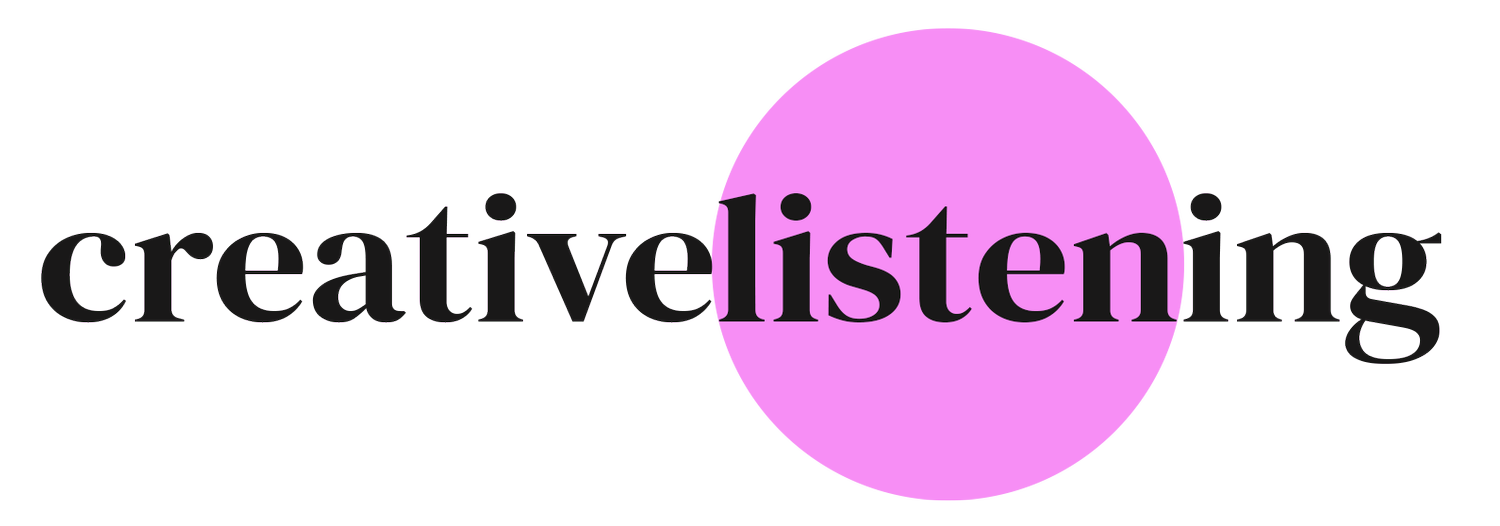Staying in tune with our children’s changing musical tastes
Nobody can definitively say the exact impact that modern media consumption is having on our brains. As parents we are stuck between a rock and a hard place: concerned that too much screen time is unhealthy and stupefying for our children, whilst simultaneously being glued to our own phones.
As a parent, I have always liked Spotify as it encouraged my eldest son to just listen, rather than being distracted by video. Listening felt less of an overload, an opportunity to get lost in one’s imagination. Now that Spotify has adopted video, that option is all but gone. I notice with all my kids that before they have finished listening to one song, they are already planning what comes next, meaning they are still on the screen. Or else they’re watching the lyric generator, which is maybe a good thing, right? They’re reading! Lyrics can be poetic, cultural, emotive, evocative, educational. But none of this is easy to manage.
What seems clear, though, is that young people move quickly from song to song, genre to genre, era to era. What is trending isn’t necessarily defined by what music has just been released. When ‘Running Up That Hill’ by Kate Bush, a song first released in 1985, stormed back into the charts in over 30 countries and back to number 1 because it was in Stranger Things, it wasn’t a huge surprise.
Today, a child of any age has a smorgasbord of music to pick and choose from so it can be argued that they’re acquiring musical tastes much faster than any generation before them. And if it doesn’t matter where the song comes from, then all that matters is whether or not the song is good.
So when it comes to writing children’s songs, we have much to consider. I specialise in ELT (English Language Teaching) songs as well as running Creative Listening. Each year we write and produce songs and song videos for language learning. We try to compose and produce music that mirrors the real world that children inhabit and we try to put melody and song quality first. I am also co-authoring an academic research book called ‘More Than Words: Songs In The Second Language Classroom’.
In our rather niche ELT industry, perspectives tend to change slowly so a lot of ELT songs still focus their attention on sets of vocabulary first and foremost. Even though stylistically we have moved away from nursery rhymes, songs are often still very basic in structure and melody even if they’re sung to a backing house or teen pop track or given a hi-fi production treatment. What sometimes gets bypassed is the most important element of all: the songwriting itself. So if the kids are listening to everything all of the time, what we need to do is reflect that real world eclecticism back to them with songs of every ilk and genre where each song from their course is different from the last, rather like scrolling through Spotify or TikTok.
Our philosophy is to focus on the songwriting before anything else. We include areas of language that can be part of the lessons but first and foremost it’s about engagement, with language learning an important byproduct.
We are creating content for discerning listeners and with our children’s brains and tastes changing so rapidly, it’s inevitable that they will notice songs that haven’t been composed with the right agency or incentives. And as soon as they notice that they are learning and the experience feels like a typical ‘classroom experience’, we’ve missed an opportunity to engage.
If you’ve got questions about our learning-first songs or want to find out more about what we can do for you, feel free to get in touch.
